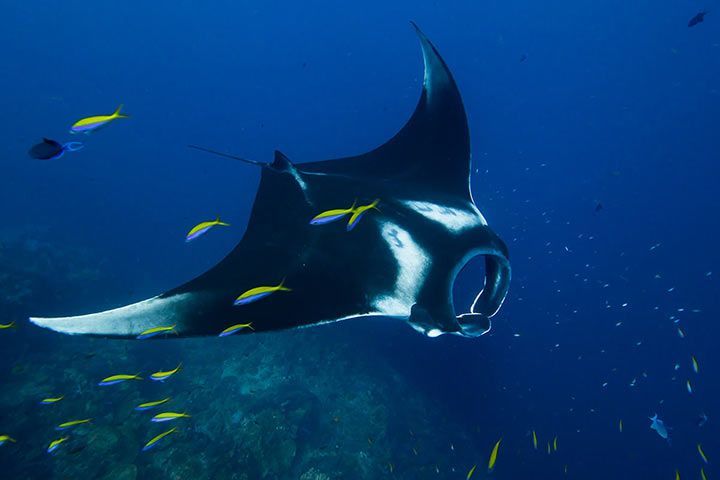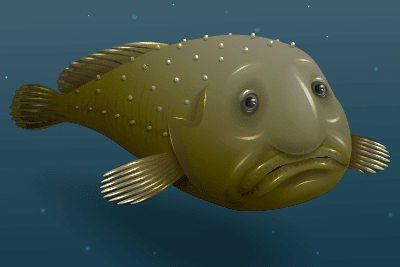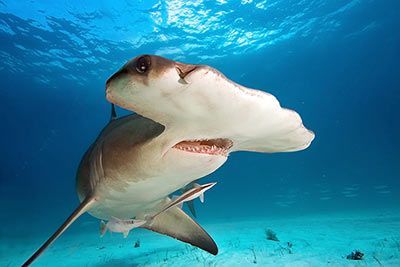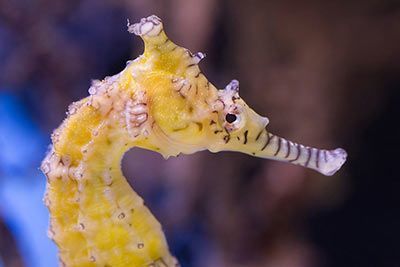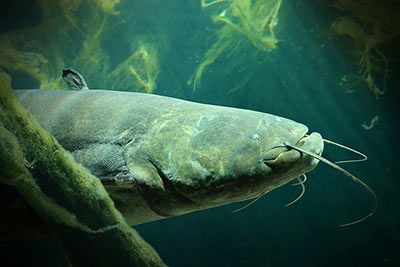Giant Oceanic Manta Ray
Giant Oceanic Manta Ray Facts
| Size | Up to 23 ft (7 m) |
| Speed | 5.5-7.5 mph (9-12 km/h) |
| Weight | Up to 2.4 tons |
| Lifespan | Up to 20 years |
| Food | Plankton, small fish |
| Predators | Sharks |
| Habitat | Worldwide, particularly coasts, reefs and rocky shores |
| Order | Myliobatiformes |
| Family | Mobulidae |
| Scientific name | Manta birostris |
| Characteristics | Biggest manta ray in the world |
Main Characteristics
Giant oceanic manta rays belong to the Mobula family and are more commonly known as giant manta rays. Right in front of their eyes, they have two movable head fins. They look like small horns and have earned the genus the name "devil ray" (also because of their size).
Origin
Where Does the Name Come From?
The giant manta was named for its dark colored back, which makes it look like it has a blanket on it. The word "manta" is Spanish for blanket.
Diet
What Do Giant Oceanic Manta Rays Eat?
Giant manta rays cross the oceans searching for plankton and therefore can often be seen slightly below the water surface close to coral reefs. They “swallow” the water with their mouth to filter out the plankton.
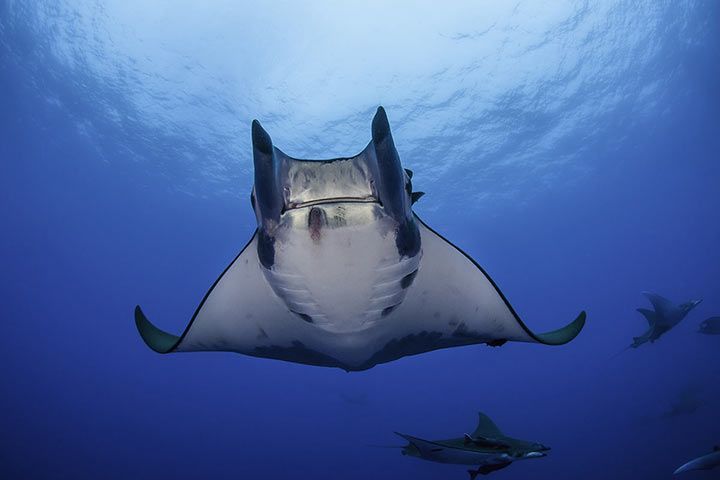
Behavior
Are Giant Oceanic Manta Rays Dangerous?
Giant oceanic manta rays have a long sting-like tail, are huge and swim through the oceans as noiselessly as bats. Who would be surprised to hear that sailors told horror stories about them in the 18th and 19th century? Yet, giant manta rays are completely harmless. They only feed on plankton, are rather tame and (other than the stingray) not poisonous.
Giant Oceanic Manta Rays Get Cleaned By Other Fish
Giant manta rays do not take care of their personal hygiene themselves. Suckerfish (a species from the bass family) latch on sharks and rays with the suction plate on their heads. They don’t harm their “hosts” but rather help them to get rid of parasites by feeding on them. Sometimes giant manta rays also jump several meters up out of the water to shake off the pesky parasites when diving into the water surface again.
Locomotion
Most rays swim with wavelike movements of their wings. Giant manta rays look like birds when flapping their long fins up and down.
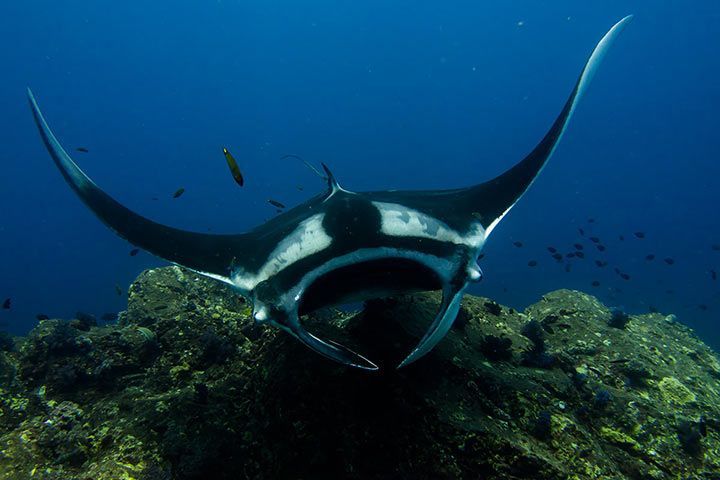
Anatomy and Appearance
The Biggest Giant Oceanic Manta Ray
The record length of 29.8 feet (9.1 meters) is not officially confirmed, yet large specimens can be up to 23 feet (7 meters) long. In general, giant manta rays reach a length of about 13-16 feet (4-5 meters). In Australia, there also exist devilrays with a length of just about 24 inch (60 cm). They are called Mobula Diabolis. Cute!
Giant Oceanic Manta Rays Have Teeth, But They Don't Bite
In their lower jaw, manta rays have a large number of teeth that are as small as pinheads. Yet, the rays do not use them to grind their food. Biologists assume that the ancestors of the giant manta rays used their teeth to chew their food, but that the teeth lost their function when rays started to change their diet to plankton.
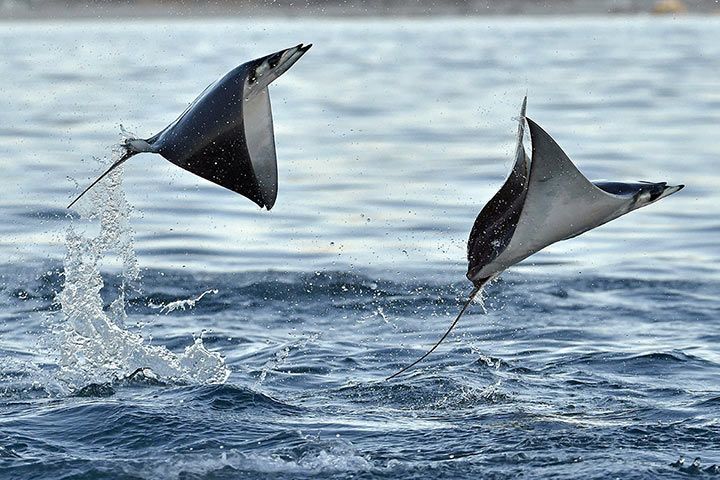
Life Style
Giant manta rays are loners and do not defend a special territory against other rays. They do not fight, each one lives on its own and acts peacefully towards its fellow species during encounters.
Enemies and Threats
There are only very few animals that feed on giant manta rays – one of them is the tiger shark.
